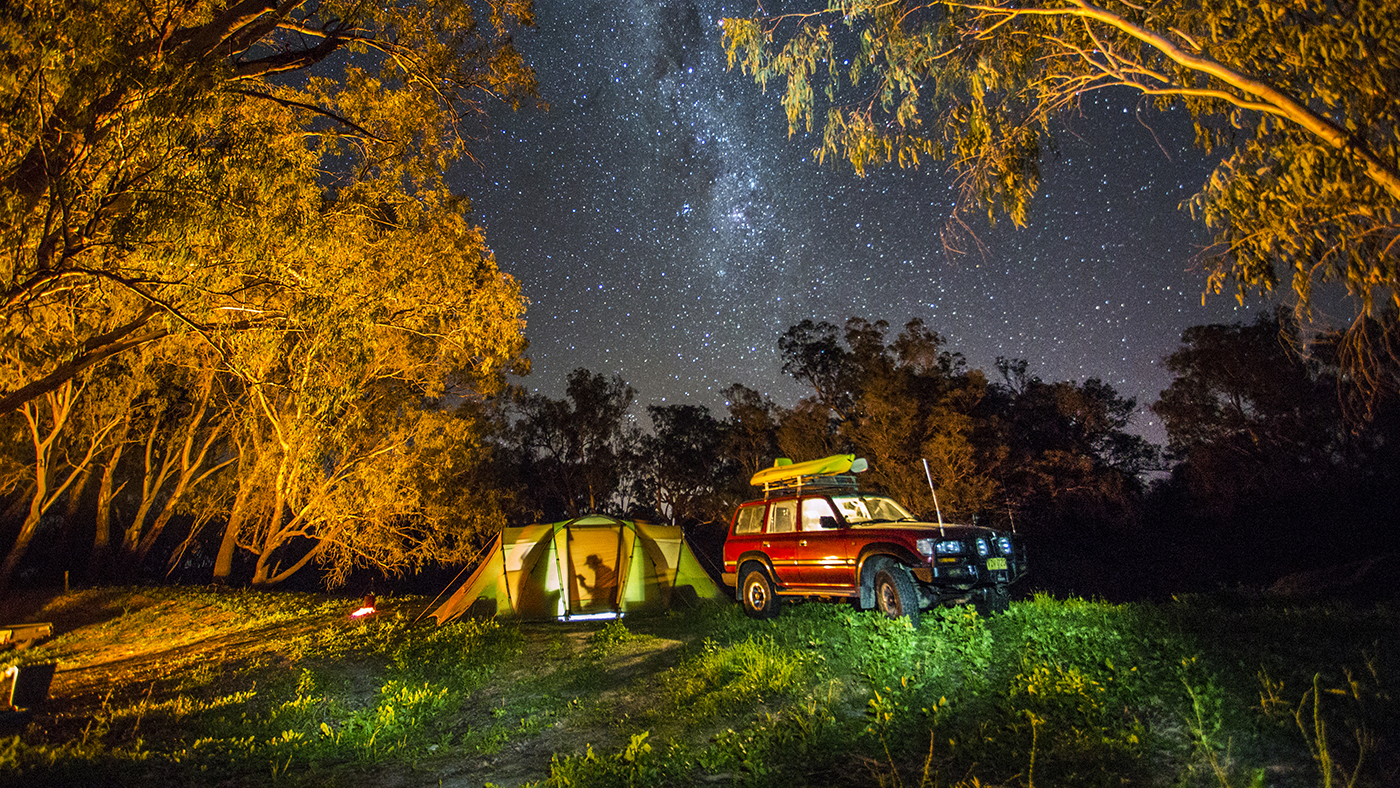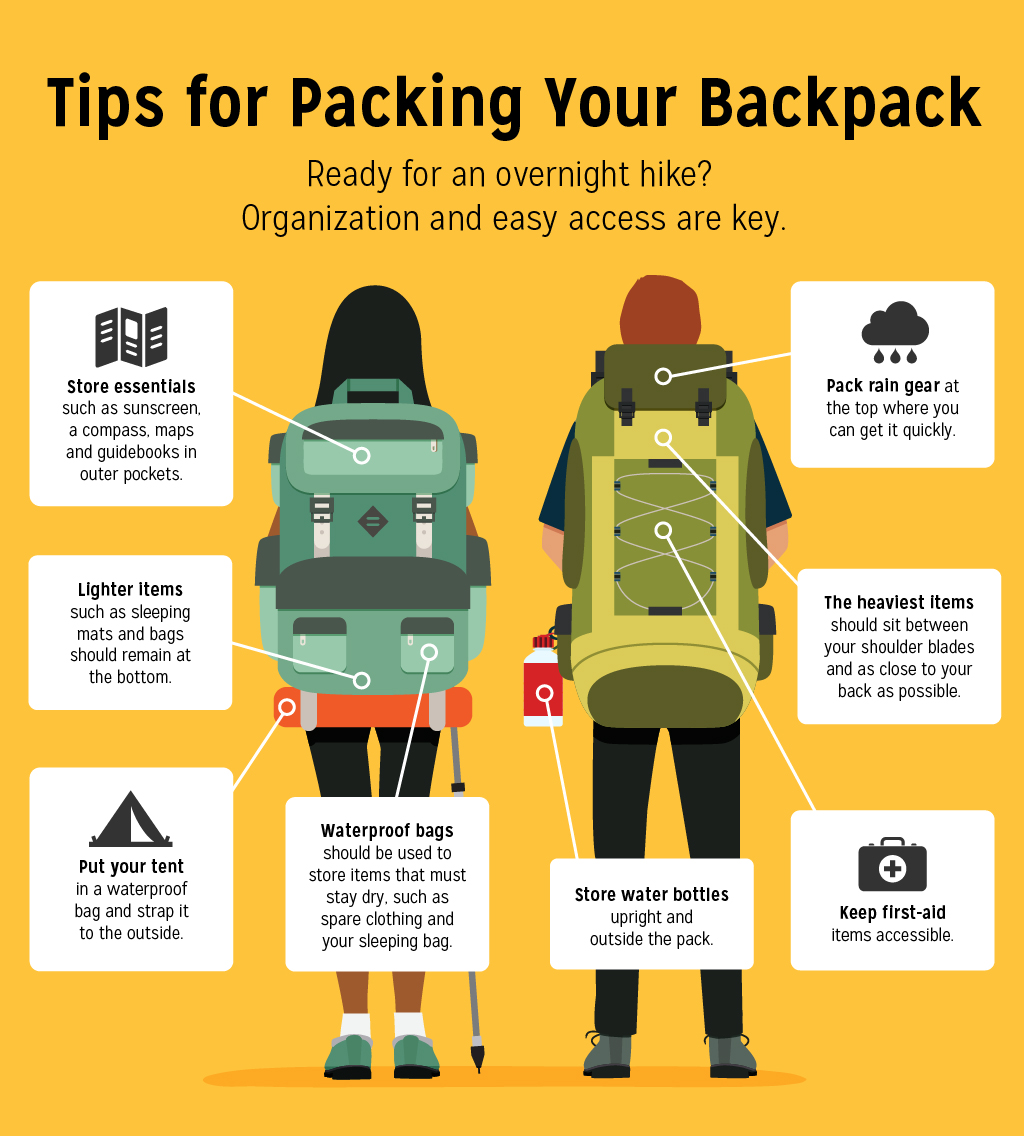Car Camping Tips for Beginners
Questions to ask yourself before you go camping.
 David Trood/Getty Images
David Trood/Getty Images
The thought of spending a few nights outdoors? Appealing. The prospect of carrying all your supplies on your back? Not so appealing.
Your happy compromise is car camping, where you drive to a campsite and keep most of your stuff in your car while you spend the night in a tent. Whether you’re a first-timer or just a bit rusty when it comes to roughing it, here are tips that can help make car camping a success—and ways your AAA Membership adds value to the experience.
Where should I camp?
You likely have a pretty cool campground not too far from home. Consider how far you want to drive, and what type of amenities you desire (such as toilets and showers, a lake to swim in, or a specific hike you can do from the campground). Do you want to stay in a public place, such as a state park, or in a privately run campground? Will Fido join you on the trip?
AAA can help you find the perfect campground, so you can enjoy your days and nights outdoors. Search our listing of more than 20,000 public and private campgrounds across the country. You can search by city and by campgrounds that are pet-friendly. Results include a list of services, a map and information on whether the campground is AAA inspected and approved.
How do I plan for the weather?
One advantage of car camping: Your car is at your campsite and can provide shelter from a storm. Still, you’ll want to make your camping trip amazing, and that means checking weather forecasts for the area before you go and when you are there. One way to avoid weather surprises: Get alerts delivered to you—they’re free for AAA Members. Sign up at AAA.com/Weather.
Regardless of the forecast, it’s a good idea to pack some wet-weather items, such as rain jackets and ponchos, an extra tarp and plastic bags. Extra clothes—and socks and shoes—are another must-have, as are stormproof matches. Pro tip: If it rains while you’re camping, putting unused firewood beneath your car can help the wood stay dryer.
What camping essentials will I need?
First, decide whether you want to borrow or buy. If you’re trying car camping for the first time and aren’t sure whether you’ll do it again, see if family members and friends will loan you items. If you purchase supplies, remember that you can save with AAA Discounts partners. Earn up to 5% in AAA Dollars at Target and up to 4% at Walmart when you buy supplies online through the AAA Dollars Online Mall. (There are plenty of other stores there, too.)
Pro tip: Regardless of whether you buy or borrow, test the equipment and supplies before you go camping to make sure you understand how to use everything (and have all the pieces). For example, put up the tent in your living room or backyard, cook a meal on your camp stove, test your inflatable air mattress, etc.
For firewood, plan to purchase it at or near your campground. This helps prevent the transportation of insects or disease that could attack the forest where you are camping.
What’s the best way to pack?
Start by making a list of everything you need to bring and cross items off as you pack them.
Organize what you need based on what activity you’ll need it for. (Plastic bins are great for this.) For example: Store all your breakfast items in one bin, and put your sleeping stuff in another one. And be sure you pack things in your car based on when you’ll need them. Put the things you’ll need first in the car last, so they are quickly accessible. (If you want to put up your tent as soon as you arrive, for example, make it the last thing you put in your car.) Need more space? Consider a rooftop carrier; just be sure it’s secured properly to your car.
Another benefit of car camping: You have a secure place to store your food. Leaving food outside or even in your tent can attract unwanted wildlife. It’s best to keep the food, including coolers, in your car.
What can I do while I’m car camping?
You can get on the water—go fishing, kayaking, swimming or just float on a raft. Or you can stay on solid ground with hiking, biking or relaxing in a hammock. You can get closer to nature by watching birds, looking for fireflies or hunting for rocks (just know that you may be prohibited from keeping them). Have others who are car camping with you? Coordinate with each other about games and activities to bring.
If any of your adventures take you to remote areas, consider getting Beyond The Road, a new kind of protection developed for AAA by Global Rescue. AAA Members save $50 on an annual membership, which includes emergency medical evacuation, medical advisory and more.
What else should I consider?
- You can make campfire-friendly meals ahead of time. Assemble and store chicken and vegetable kabobs in plastic bags or plastic wrap, so all you have to do is take them out and put them on the grill.
- Consider camping during the week, when the campground (and activities) may be less crowded.
- Line your backpack with a heavy-duty plastic garbage bag to help your stuff stay dry.
- Last, but certainly not least: Leave your campsite as you found it. Out of respect for others, take all your trash with you and be sure your campfire is completely extinguished.
